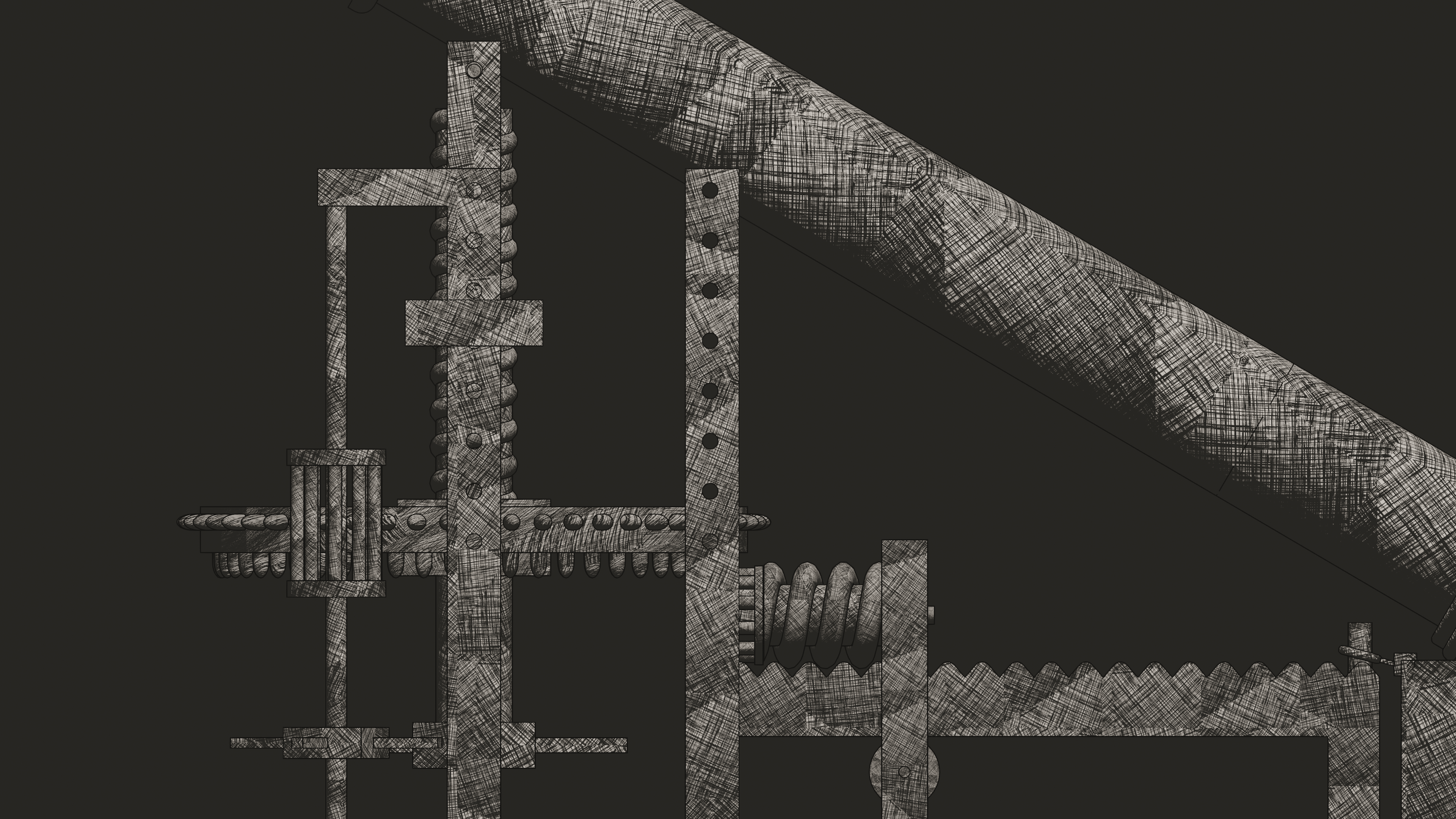The Individual Machines
The passage discusses the use of machines and mechanisms in construction, particularly focusing on the choice between pulleys and gears. Hero of Alexandria's simple machines, including the gear and screw, were employed in various ways in construction machinery. While gears and worm wheels had been known since the Hellenistic period, they were less commonly used during the 15th and 16th centuries.
Gears and worm wheels, despite their complexity, offered advantages over pulleys, such as reduced slippage, wear, and friction-related issues. Pulleys, on the other hand, required precise coordination, making them less suitable for high-power transfer and high rotations per minute (rpm) scenarios. Domenico Fontana and Vitruvius favored pulleys, while Francesco di Giorgio preferred gears.

Francesco's Opusculum de architecture showcased his expertise in gears and worm wheels, with intricate illustrations depicting their use in various mechanisms. The passage highlights his understanding of threading and compatibility between components. It also notes the importance of understanding the relative movements of these components for column lifting machines.
The passage further categorizes Francesco's machines based on their variations and their suitability for different scenarios, emphasizing that not all machines were designed to raise columns from horizontal to upright positions. It mentions technical sheets illustrating the interactions hindering the column's upright positioning, providing insights into the machines' limitations and capabilities.